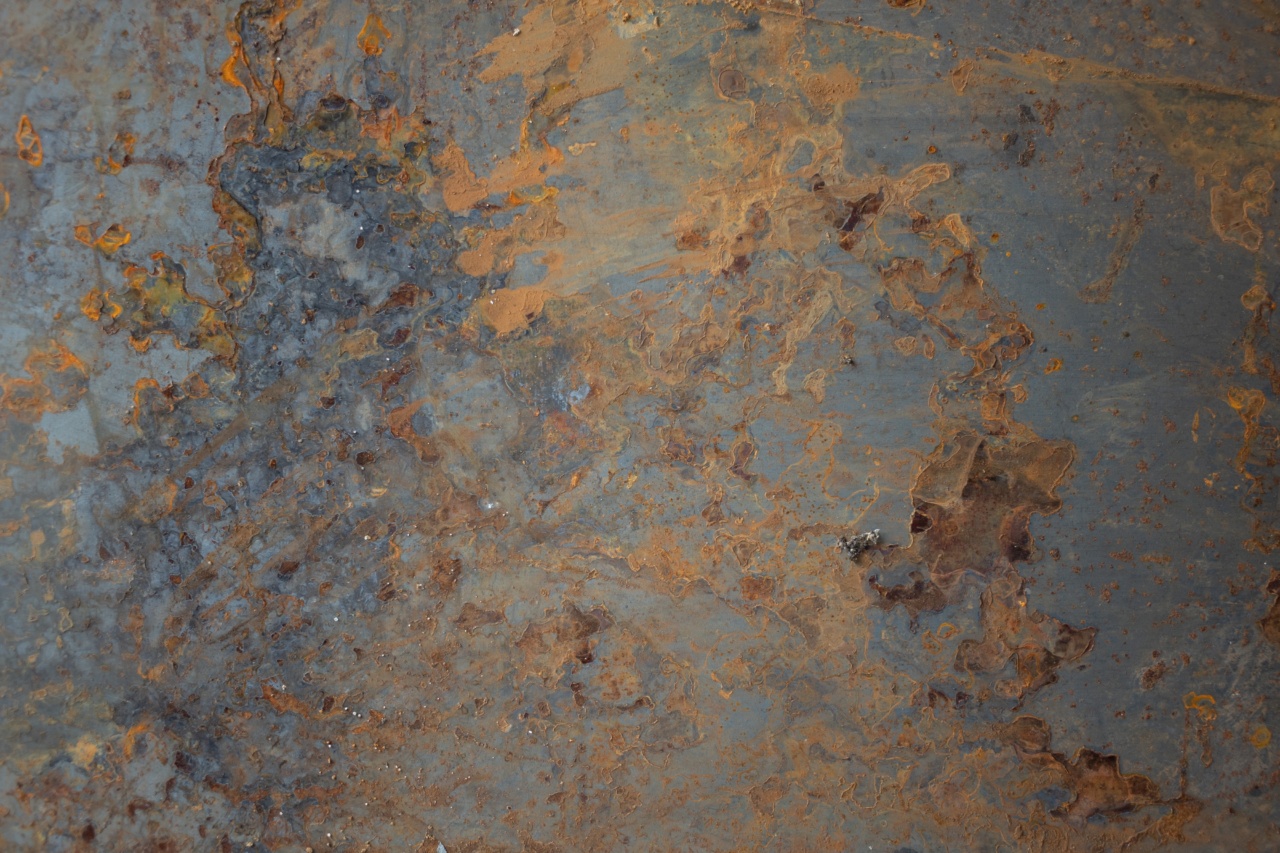When it comes to health concerns, there are many different conditions that can affect us. Among these conditions, papillomas and fractures are two that are often discussed together.
However, despite having some common traits, there are some significant differences between these two conditions. To help you better understand and differentiate between papillomas and fractures, this article will delve into each condition in detail.
What are Papillomas?
Papillomas are small, non-cancerous growths that can occur on the skin or mucous membranes in various parts of the body. Sometimes referred to as warts, papillomas are caused by a virus known as the human papillomavirus (HPV).
The exact cause of papillomas is still somewhat unknown, but it is believed that they can be caused by a weak immune system.
Other factors that may increase the risk of developing papillomas include having multiple sexual partners, having unprotected sex, or coming into contact with infected skin.
Papillomas are generally harmless, but can sometimes become painful or unsightly, especially if located in an area where they are easily visible. Common types of papillomas include common warts, plantar warts, and genital warts.
What are Fractures?
A fracture is a break or crack in a bone. Fractures can occur due to a number of reasons, including falls, accidents, and sports injuries.
Depending on the severity and location of the fracture, symptoms may include pain, swelling, bruising, and deformity.
Fractures are classified according to the type of break that occurs. The most common types of fractures include:.
- Open Fractures
- Stress Fractures
- Comminuted Fractures
- Greenstick Fractures
- Transverse Fractures
- Oblique Fractures
Key Differences: Papillomas vs. Fractures
Given that papillomas and fractures are two different conditions involving different parts of the body, it is easy to differentiate between them. However, there are some key differences that set them apart.
First and foremost, papillomas are growths that occur on the skin or mucous membranes, whereas fractures are breaks in the bones. This means that the two conditions have different causes, symptoms, and treatment methods.
Another important difference is that papillomas are generally not painful, whereas fractures can be extremely painful and debilitating.
Papillomas are also typically benign, whereas fractures can have serious consequences if not treated properly, such as impaired mobility or permanent injury.
Finally, while both conditions are treatable, the methods of treating them are vastly different. Papillomas can often be treated using over-the-counter medications, topical remedies, or medical procedures such as cryotherapy.
On the other hand, treatment for fractures usually involves immobilization, pain management, and sometimes surgery.
Prevention Tips: Papillomas and Fractures
While both conditions are treatable, it is always better to take preventative measures to avoid them altogether. Here are some tips to prevent papillomas and fractures:.
Preventing Papillomas
- Avoiding skin-to-skin contact with an infected person
- Practicing good hygiene
- Avoiding sharing personal items
- Using protection during sex
- Maintaining a healthy lifestyle that supports a strong immune system
Preventing Fractures
- Wearing proper protective gear during sports or other high-risk activities
- Taking precautions to avoid falls, such as wearing slip-resistant footwear and using handrails
- Maintaining a healthy diet and staying active to improve bone density
- Avoiding excessive alcohol consumption and smoking, which can weaken bones
Conclusion
While papillomas and fractures may seem similar at first glance, they are actually quite different conditions that affect different parts of the body.
Knowing the distinctions between them is important in order to better understand the causes, symptoms, and treatments for each.
Whether you are concerned about potential papillomas or fractures, the most important thing you can do is take steps to prevent them from occurring in the first place.
By following the tips outlined in this article, you can help keep your skin and bones healthy and avoid any unnecessary pain or discomfort.





























